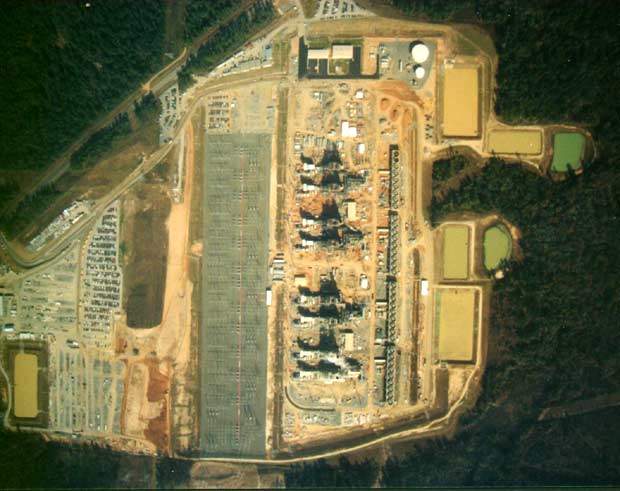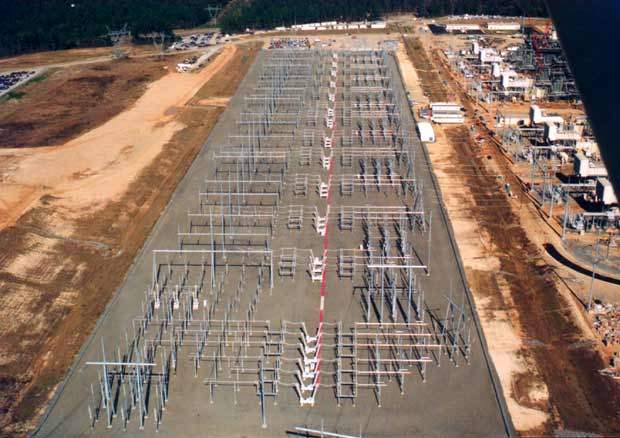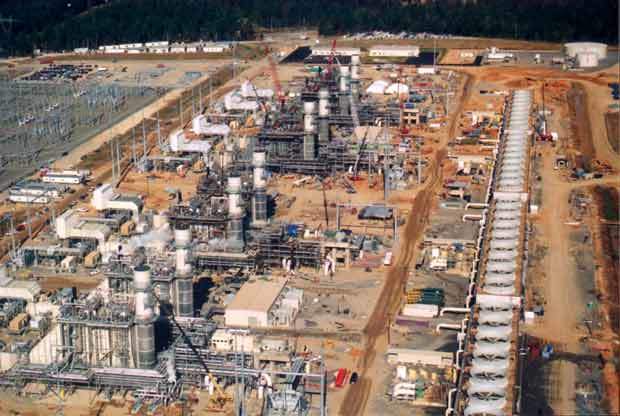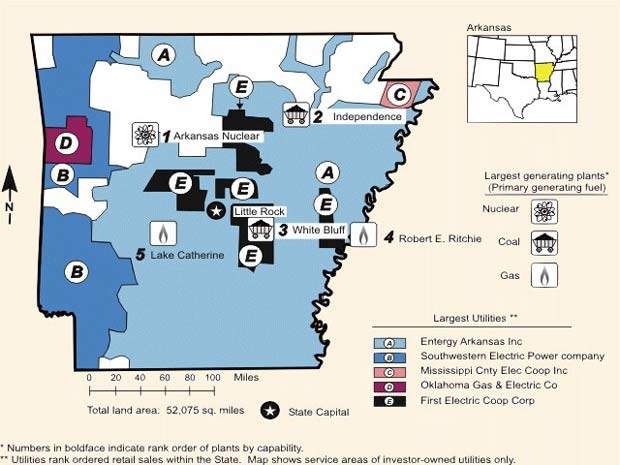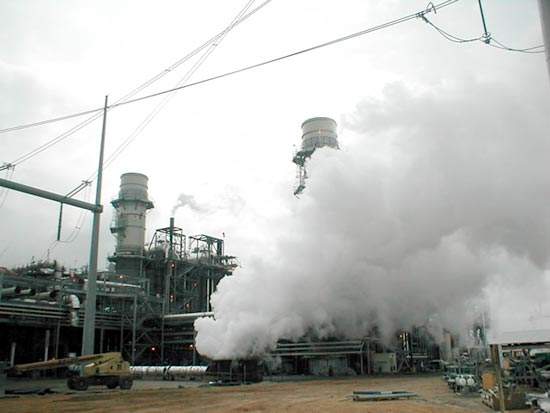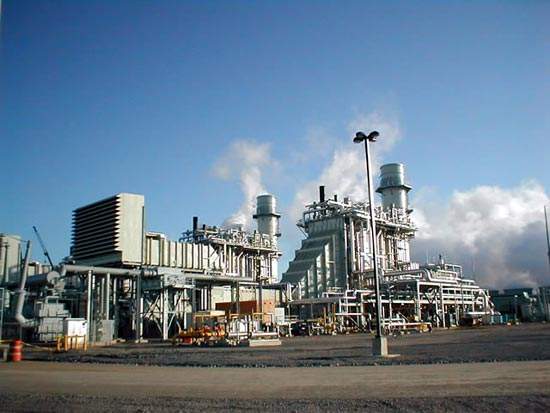When it was completed in June 2003, the Union Power Project in El Dorado, Arkansas was the largest independent power plant in the United States. Serving two million homes with 2,200MW of gas-fired electricity, the CCGT plant cost $1.1 billion. It was a joint venture between TECO Power Services (TPS), based in Tampa, Florida, and Panda Energy, based in Dallas, Texas.
Power from the Union Power Project is sold on the spot market on an hourly basis. The plant was the first of a pair to be built by the joint venture, the second was a 2,145MW gas-fired plant located in Gila Bend, Arizona, also completed in 2003. These plants are almost identical, with engineering changes only where required due to the different climates in the two locations.
GE FRAME 7 TECHNOLOGY
At the heart of the Union plant are eight GE 7FA combustion turbines. The machines are rated at 171.7MW in simple cycle but when used in combined cycle, as in the Union plant, they can produce 262.6MW.
The turbines have 18-stage compressors and 3-stage turbines, and feature cold-end drive which allows for higher combined cycle heat recovery efficiencies. GE Power Systems claim that net efficiencies of 56% can be achieved through this arrangement.
The plant is arranged in four 550MW blocks, each block consisting of two gas turbines with inlet air foggers, two Alstom Energy Systems three-pressure HRSGs, and one GE D-11 reheat double-flow condensing steam turbine. Each turbine has Selective Catalytic Reduction (SCR) modules which enable the plant to achieve 3.5ppmv NOx emission levels. The plant is connected to the Entergy EHV sub-station via two 500kV transmission lines.
The four blocks are identical to each other and came on line in a phased sequence. The first block started on 16 January 2003; block two on 16 February 2003; block three in April 2003 with final plant completion in early June 2003. The plant’s lifespan is 30 years. Cooling for the plant is provided by four Psychrometric Systems’ 9-cell cooling towers.
FUEL AND WATER SUPPLIES
The Union plant doubled the amount of gas-fired generation in Arkansas, traditionally a coal-fired state. In July 2000 The Federal Energy Regulatory Commission approved construction of a 42-mile, 30in interstate pipeline to provide the maximum 430,000MMBtu of natural gas the plant requires daily. The pipeline was completed in spring 2002.
Before the plant was built, Union County had been running dangerously low on water. Its main source, the Sparta Aquifer was, to quote water officials, “dangerously low and needs a chance to recover from decades of overuse.” Engineers calculated the county would have to reduce its water use by 12% just to keep the aquifer’s water levels from dropping further, and by 72% to allow the aquifer to rebound.
One solution lay in the Union Power Project. It had been planned to build a pipeline from the nearby Ouachita River to supply the power station its water requirements. However, working with Union County, the joint venture altered the plans to increase the capacity of the pipeline.
This allows 50 million gallons of water to be taken from the river and the excess to be fed into the aquifer. In addition, the pipeline was extended to three of the county’s largest industrial customers (Great Lakes Chemical Corp., El Dorado Chemical and Lion Oil), which further eased pressure on the aquifer. Experts eventually claimed that the aquifer would rebound within 22 months of the Union Power Project beginning operations.
CONTRACTORS FOR UNION
Construction of the $1.1 billion plant began in August 2001, although work was delayed when main EPC contractor NEPCO (an Enron subsidiary) ran into financial difficulties following the bankruptcy of its parent.
A renegotiation of the $1.6 billion financing, which saw TPS taking over from Enron as guarantor of NEPCO’s obligations under the construction project, temporarily solved the problem.
However, Panda and TPS decided to avoid any part of the project becoming tangled in the Enron bankruptcy and eventually terminated the agreement with NEPCO and hired Canadian contractor SNC Lavalin as main EPC contractor. SNC Lavalin immediately hired almost all the NEPCO staff working on the Union project, ensuring project continuity.

